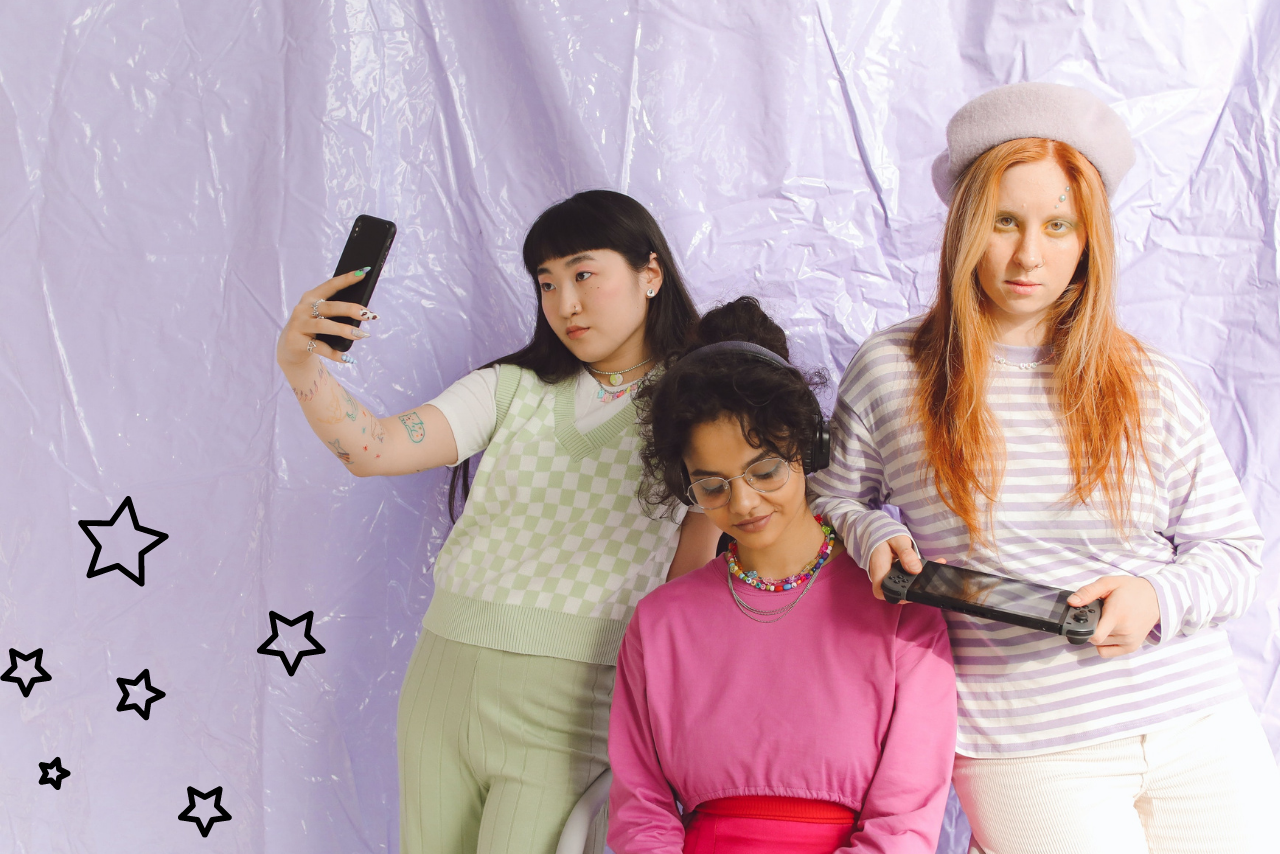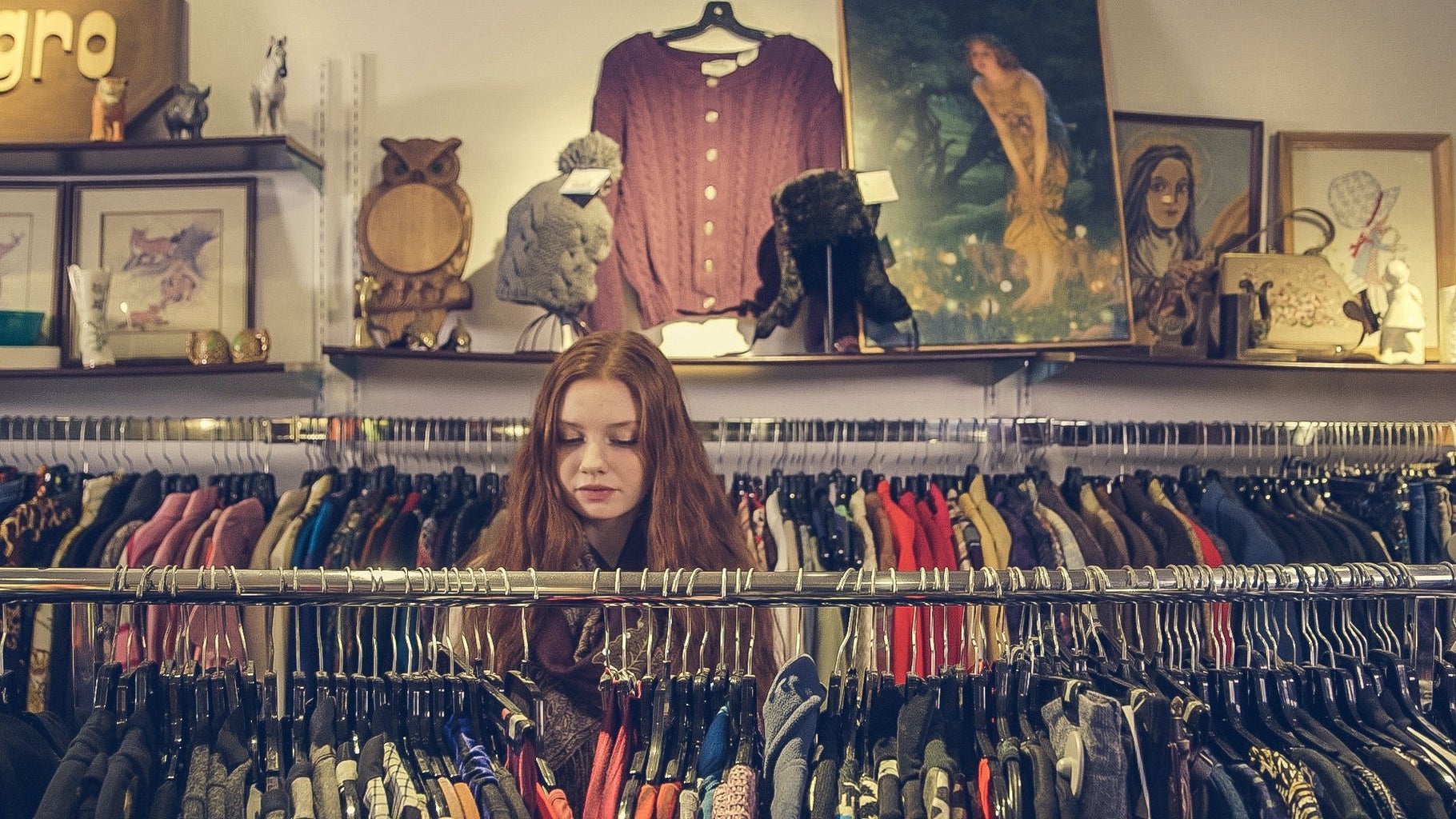It can be easy to succumb to what social media tells us is out of style. It may even make some rethink their personal choices of what they want to wear. But why do we care so much about what other people classify as “out of style”?
When saying that something is “out of style,” it means not popular or fashionable. But who is to decide what is not popular or fashionable anymore? There are no fashion gods telling us what colors, patterns, and styles are acceptable, how I should do my hair, or what shoes I should wear.
How do we know what is “in style”?
There are trend forecasters who do just that – provide a forecast, like a meteorologist, that outlines trends before they emerge. With extensive research and deep knowledge of the market and consumer behavior, they assist designers and other fashion labels to save money and time by focusing on what is in demand and most likely to sell. They are also prepared to adapt to sudden changes in the market.
Through the use of social media, influencers have perpetuated an environment for mass consumption. With trends moving in and out quicker than the tide, it is truly impossible to stay “in style” without absolutely breaking the bank. As media consumers, we are constantly being sold things, whether we realize it or not. However, not everyone has the financial means to “stay in style” or keep up with the perceptions of others.
History of being fashionable
Staying “in style” is rooted within classist ideals. Dating back to 16th century England, social classes were separated through the enforcement of sumptuary laws, which created a strict dress code for each social class. Forms of this law were cross-cultural, but this was highly enforced across England and quickly popularized across Western Europe.
Eventually, European Imperialism spread this oppressive practice to other cultures and the class-based dress codes disproportionately affected the lower classes and limited their social mobility. Similar to today, in 16th century England, clothing was an extension of our identity, and theirs became shameful.
In a sense, we still live in a sumptuary society, because certain fashionable aspects are not accessible to the majority. This leads us not to wear certain pieces of clothing in fear that people will perceive us in a way that is different from our reality. On the contrary, people may wear certain pieces in hopes others will perceive them as better than their reality, but that’s just human nature.
The word on the street
Common pieces that publications are claiming that are “out of style” are denim jackets, headbands, statement prints, midi-skirts and even high-waisted pants – pieces that are probably in all of our closets. But what happens if that’s something you like to wear or feel comfortable in? Do we throw them out? Stop wearing them? Feel insecure? Buy more things? Maybe.
We live in a society where the fashion industry has never been more diverse. There are no clear rules that define popular and fashionable. Yet, we succumb to these standards and stereotypes set by trend forecasters, celebrities, influencers, and even the thoughts of our friends and family. Will we ever get over this, or are we stuck in a constant loop of conformity?
The difference between style and fashion
Fashion and style are not the same thing. While fashion is timely, style is timeless. Those who want to be fashionable actively follow the latest trends and tend to prefer higher-end, designer clothing. However, those who are stylish don’t necessarily keep up with the trends, but desire to stay true to their own aesthetic.
Essentially, style is subjective. It is something that is built from personal preferences and things that you like. It consists of what makes you comfortable and represents how you identify. As the term implies, personal style should be personal to you.
Environmental impact of staying “in style”
It is not economical nor reasonable to keep up with these trends, especially when 92 million tonnes of textile waste are in our landfills yearly. Not to mention the immense environmental impact consumerism has imposed on our society. It is both unethical and unreasonable.
The fashion industry accounts for 5% to 10% of greenhouse gas emissions. With high-energy consuming production, manufacturing, and transportation processes, these alarming rates will only increase as over-consumption is influenced across all industries.
As mentioned before, staying in style is often correlated with keeping up with trends. The attractiveness of low-cost, trendy clothing is only growing. Brands like Shein, H&M and Zara are some of the world’s biggest fast-fashion brands. The success of these brands is driven by their affordable pricing and instant gratifications consumers receive, further democratizing trendy clothing.
Staying true to you
Staying “in style” takes away the personal sentiment of your style. It leads to adapting to what other people think is fashionable and popular, and in that instant, personal style becomes less of what you desire and more of what others expect.
It is like having a whole society agree on something – it just doesn’t happen, so why does it happen with fashion?
With the fast emergence of trends that come and go, style introduces the problem of materialism undermining the authenticity of our individuality. Stay true to yourself and become the style icon you desire to be.








